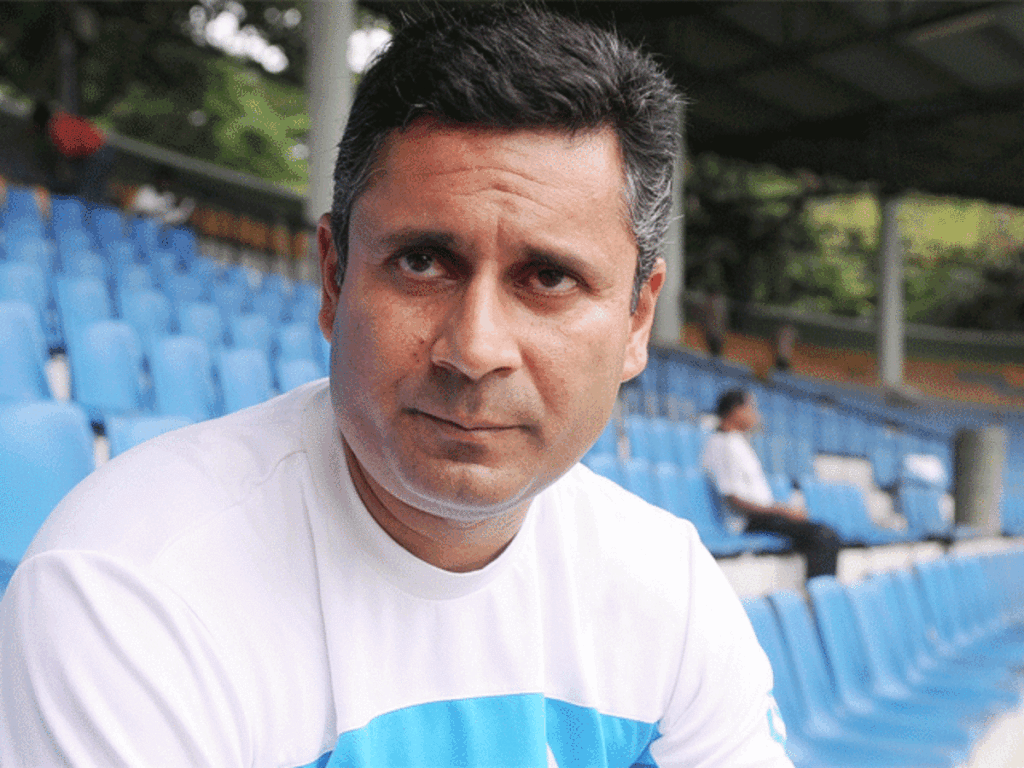Zeeshan Ali has spent a decade as a drag artist, dazzling audiences across India. Central to his performance is an array of 45 wigs, each transforming him into exaggerated, glamorous, and whimsical characters.
“The right wig makes me feel authentic and empowers me to command the stage,” says Ali, who is based in Mumbai.
However, sourcing quality wigs in India was a challenge when he first started. Imported wigs were expensive, and he often had to create his own from unconventional materials like wool and fabric.
Today, the landscape has changed. Wigs are no longer exclusive to drag and film artists; they have become a mainstream fashion accessory embraced by women seeking versatility in their appearance.
India has long been a dominant player in the global hair market, supplying 85% of human hair worldwide.
Kolachi Venkatesh, a seasoned trader in Avadi, Chennai, has been in the business for 20 years.
He began as a picker, collecting discarded hair from households, salons, and barbershops—commonly known as non-Remy hair.
Unlike Remy hair, which is shaved directly from the scalp and maintains uniform cuticles, non-Remy hair requires more processing.
Yet, even this discarded hair has immense value. “It’s just thrown away, but it’s gold,” Venkatesh remarks.
Pickers sell hair to traders like him for as little as 10 cents to $1 per kilogram, depending on quality and length.
Despite their contribution to a billion-dollar industry, collectors earn meager wages, often below minimum standards.
Middlemen control pricing, leaving pickers with minimal profits.
Most of India’s collected hair is exported to China, a global powerhouse in wig manufacturing, with an industry valued at $5 to $6 billion.
Benjamin Cherian of Plexconcil, an Indian hair industry body, believes India must invest in value-added production rather than merely exporting raw materials.
Unlike China, which boasts hundreds of hair-processing factories, India has yet to develop large-scale infrastructure for wig-making.
Cherian emphasizes the need for government support in automated sorting, advanced treatment techniques, and innovative wig production.
By shifting from exporting hair for hundreds of dollars to selling wigs worth thousands, India could capture a lucrative segment of the market.
Delhi-based Diva Divine Hair, co-founded by Nidhi Tiwari in 2009, is among the few Indian businesses making strides in this space.
The company focuses on high-quality hair extensions and wigs, catering to growing demand fueled by increased hair loss and thinning among women. Changing societal attitudes have also contributed to the industry’s expansion.
Once considered niche or even taboo, wigs and extensions are now openly discussed and widely accepted.
Technological advancements have further enhanced their appeal, with 3D-printed wigs, digital color-matching tools, and lightweight, breathable wig caps making them more comfortable and stylish than ever.
At the pinnacle of the industry is Temple or Remy hair, sourced primarily from Hindu temples in southern India, where devotees shave their heads as an act of faith.
Raj Hair International, one of the largest traders in Temple hair, meticulously sorts and grades it by texture, length, and color.
“Remy hair is prized for its uniform direction, leading to less tangling and a silkier texture,” explains George Cherion, the company’s CEO.
To maximize efficiency and reduce waste, Raj Hair International has developed machines to untangle hair, allowing for faster production with fewer workers.
With global demand for Indian human hair surging due to its fine quality and natural appearance, business is booming.
Also read: Vladimir Putin Net Worth
